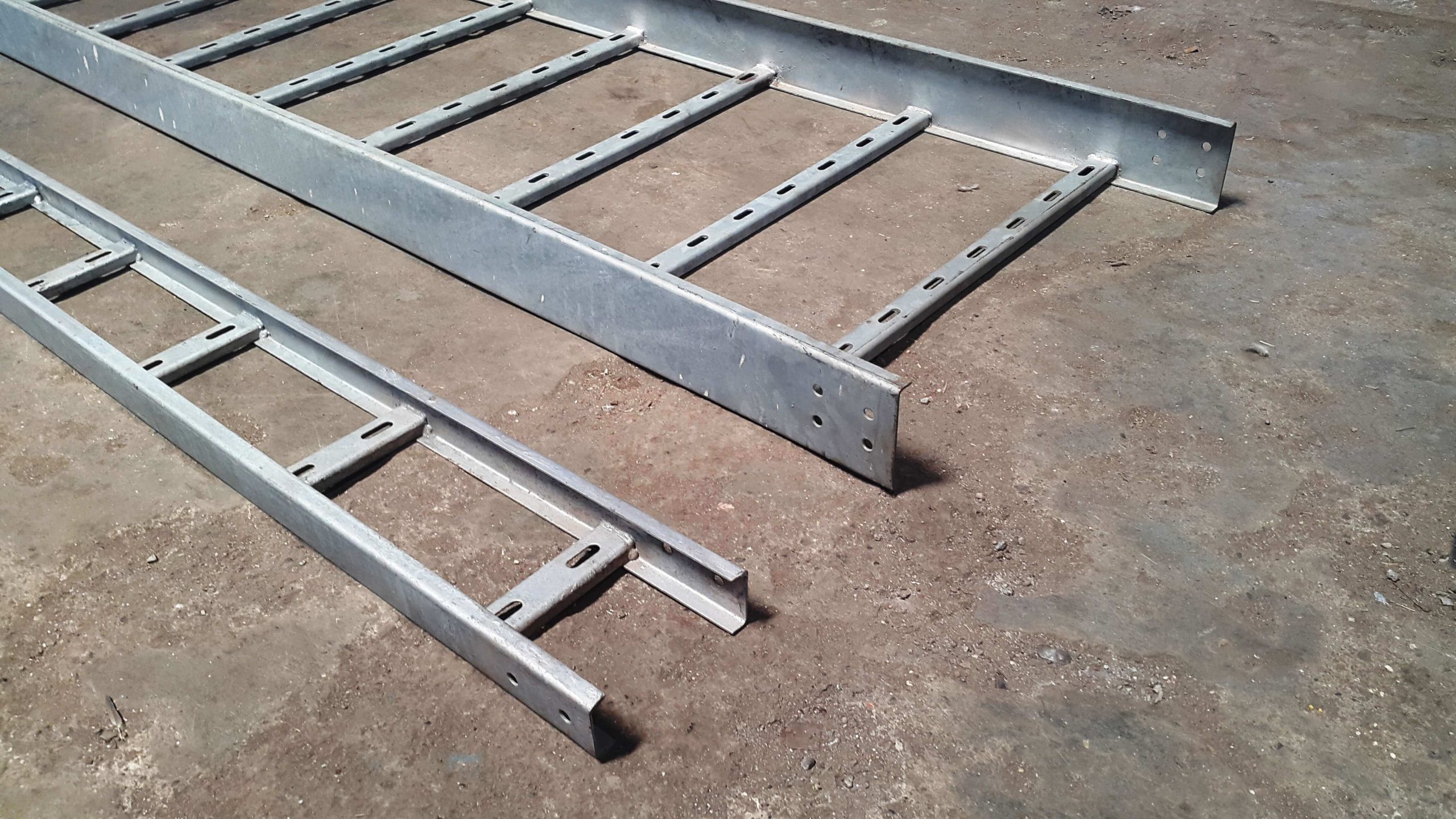It is intended that the following recommendations will serve as a sensible guide for ensuring the safe and appropriate installation of ladder-type cable tray systems and channel supports, and other support systems networks.
These rules are not expected to cover all subtleties or varieties in cable ladder installation and don’t accommodate each establishment possibility.
It is prescribed how to install the cable ladder system with the products being installed and the security standards related to them.
Common Tools For Installation:
The accompanying tools are ordinarily utilized for the installation of cable ladder systems:
- Metal Cutting Saw/Grinder
- Finish Up Material
- Screwdrivers
- Drill with Bits
- Records
- Spanners
- Fitting Safety Equipment (PPE)
- Leveling Device
- Measuring tape
- Set Square
- G Clamps
- Force Wrench
- Socket Wrench and Sockets
Installation Of Ladder Cable Tray System:
An appropriate and proficient method of cable tray installation requires great contribution and coordination of individuals from both electrical and mechanical disciplines.
Assuming a ladder cable tray system has been introduced suitably in a task, the following benefits can be counted:
- The cable tray system upgrades the security of the electrical wiring framework.
- Cable tray installation gives dependability in any conditions.
- The Cable Tray system saves space, materials, work, time, and cost.
- Support and extension of stepping ladder cable installation are simpler than some other wiring frameworks.
Thus, the electrical installation of a project should give a high need to take on an appropriately evaluated ladder cable wiring system if the aesthetic effect is low.
We will let you know how to make a typical strategy explanation for ladder cable trays installation for a building project.
Tips To Remember For Cable Tray Installation:
- To ensure that the whole installation is in conformance and as per the plan expectation of the task for the Electrical and Low Voltage System in addition to the detail and according to approved shop drawings and follow Local and International Standards.
- Stick to the drawings as closely as could be expected. The right is saved to fluctuate the runs and sizes of ladder cable trays and to make balances yet keeps up with beyond what many would consider possible the free region of each ventilation work segment, where necessary to oblige conditions emerging at the building.
- Before starting installation in any space, concern yourself with the Electrical Engineering Company and inspect all pieces of the connecting work onto which appropriate work is to be set. Should any condition be observed which will prevent the appropriate execution of the work, the installation will not continue around there until such circumstances are corrected by the worker for hire.
- Ladder-type cable trays will be put away on location undercover in dry, very much ventilated storage spaces.
- Where sizes of cable trays are not pointed by a point on the drawing then the tray will be satisfactorily estimated to help the cables without grouping and a 25% reserve margin will be permitted in size and weight to be loaded.
- All courses are decided to permit simple entry to all cables when installed. All level cables are to be set around all upward rising administrations as the need might arise. Ensure sufficient clearance from the soffit for each cable tray installation.
- Earth progression guides will be given across holes in all ladder cable runs and bolted connections.
- Support will be through steel sections installed at stretches necessary to give an unbending fixing and to guarantee that avoidance doesn’t surpass 5mm mid-range of help when completely loaded. Treatment of cut edges according to cut edges to be incorporated. Upholds for the ladder Tray (dividing) will be according to standard practice and the producer’s suggestions.
- Extra help will be given where the cable tray takes an alternate route or cables exit the cable tray. Arch-headed screws, nuts, and washers of finish appropriate to the tray will be used between trays.
- Suspension sets contain threaded M10 zinc or cadmium plated holder poles along with nuts and locking washers, upholding channel hold-down cuts all of which will have an electrifying finish. Any cut finishes, bars, and so on, should be consumption protected by the utilization of excited or equivalent. No extended rods to be left.
- The ladder cable tray will be installed with 40mm least space between the construction and the tray.
- Cables will be safely attached to the tray, and the whole installation should be handled flawlessly and without hybrids.
- Cables on face-up on a level plane fixed tray should be gotten by the use of the tie wrap where not in view. If more than 25 sq mm of cable is installed or if there are multiple cables, cleats or metal lashes will be used.
Fixings Of Ladder Cable Tray:
Fixings ought to be utilized and fixed to the predetermined force. To guarantee a completely safe installation of the ladder cable tray system including:
- Satisfactory mechanical strength.
- Electrical continuity (whenever required).
- Protection from corrosion.
- Anticipation of harm to cables.
The utilization of mistaken or vague fixings might result in the above-mentioned requirements being seriously compromised.
Fixings Of Ladder Cable Tray:
Fittings are best portrayed as factory-created things which work with a coarse adjustment or potentially width and give crossing points between straight cable ladders or cable tray runs.
The standard scope of fittings would incorporate such things as a level curve, inside or outside riser, equivalent or inconsistent tee, 4-way hybrid, and minimize.
Different fittings may likewise be accessible and a conference with the maker might be vital.
In cable management installations, fittings should constantly be given nearby help or an electrical engineering company.
Also Read: Consequences of an unclean air duct

